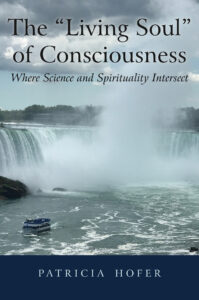Patricia Hofer
God’s heart to human heart–a one to one covenant
What the Israelites perceived God to be did not, and does not, restrict or define all that God is. Basic rudimentary codes for conduct, similar to the Ten Commandments, had also been emerging in various ways in humanity’s other great religions. They may be phrased differently, but these commands for goodness in human society would seem to have been planted in human beings from the beginning, inspired by a universal, divine intention for “a living soul,” a spirituality of consciousness in humankind. RUAH, the “Spirit of the Lord,” breathes and speaks in the hearts and minds of all human beings.
As I see it, the Old Testament record of the Hebrew people is just an amazing beginning. It records how challenging divine inspiration was for a particular people during a particular period of human history. Rudolf Otto concluded that the impulse for religion is a “process,” a maturation rooted in “the hidden depths of the spirit itself” (136). And hearing and responding to that Spirit continues to challenge Christian believers today.
Because we cannot physically SEE God or SEE His glory or SEE His righteousness, our impulse for believing–our faith and trust–are a work in progress. That’s why the struggling times and faltering efforts of the children of Israel ring true to us. Studying their process of growth and maturation helps us because it is an ageless process, one that we all face. From nature gods to warlike vengeance to the redeeming love of a messiah.
God’s promise, the covenant of relationship, sustained the Israelites and prepared them to receive and nurture His Son. Jesus Christ often used Old Testament wisdom as a springboard to his new covenant, one born within each of us “by the power of the Spirit” (NIV Gal. 4:29). This second covenant glows from God’s heart to human heart.
(“Can Reincarnation and NDE’s Be Christian?” chapter 6)


Leave a Reply